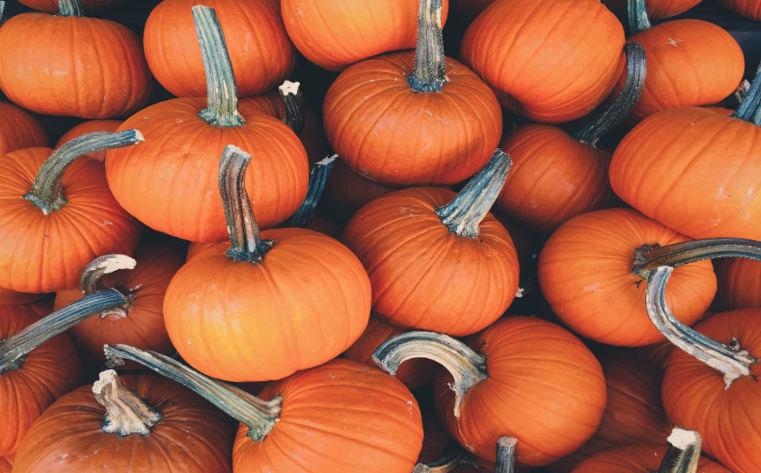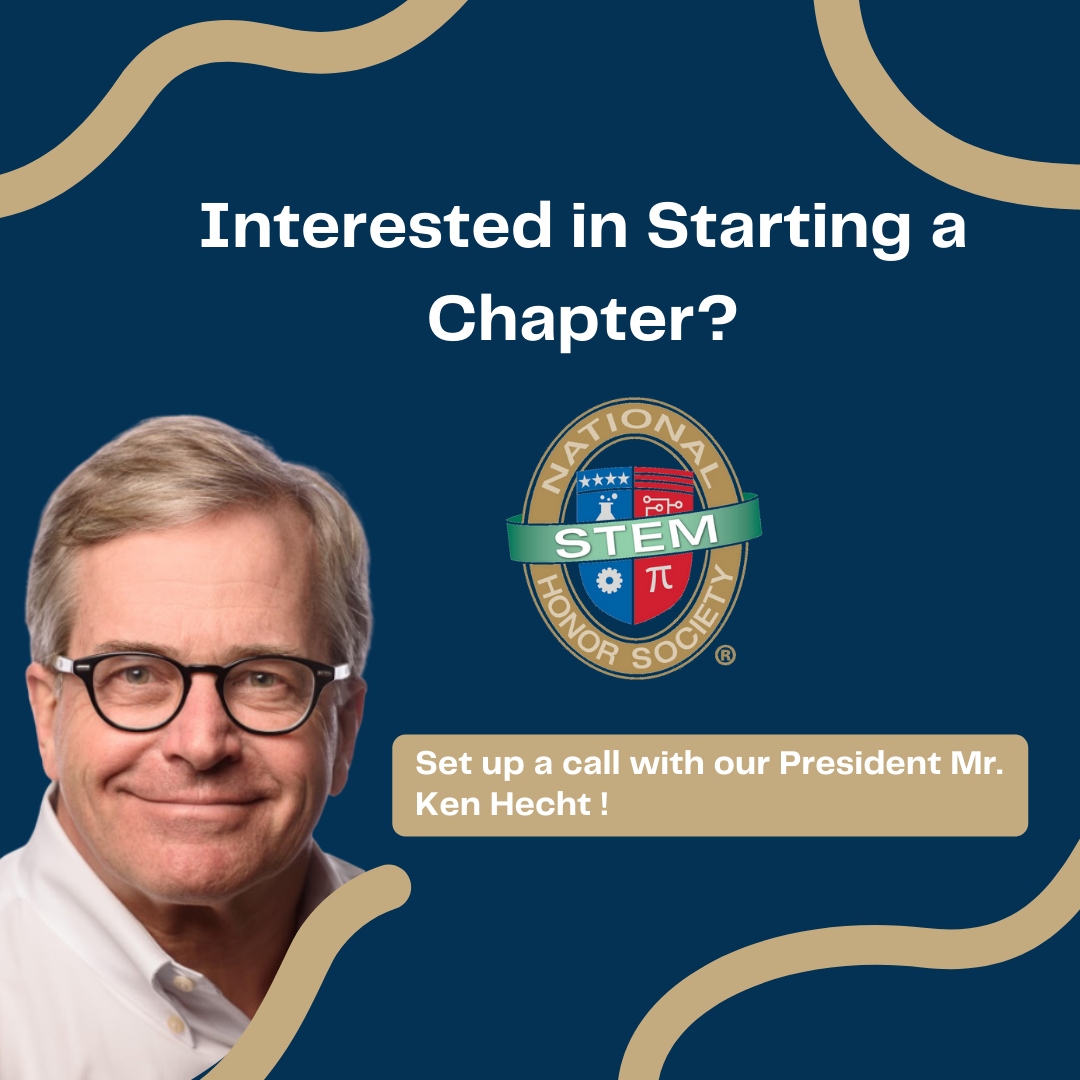
At NSTEM, we know that any tools and essential life skills learned today can become the bedrock of a student’s foundation for a lifetime; we understand the importance of engaging students safely outdoors. We also want to help you celebrate the season by giving all of your K-12 students (Regardless of secular or religious affiliations) pumpkin to talk about this fall season! So roll up those sleeves and have a gourd-geous day exploring pumpkins with your mad scientists while introducing them to advanced K-12 STEM theories and concepts.
1. Exploring the Life Cycle of Pumpkin – Early Elementary (K-2)
This activity, provided by K6edu.com, will take approximately two days to complete, but don’t be afraid to adapt this to suit your schedule, budget, and available materials. This lesson will develop several STEM skills, such as critical thinking, curiosity, and real-world applications of scientific concepts and theories. The first day of this activity will include a story, group discussion, and a hands-on activity where students will investigate pumpkin seeds and prepare them for observation on the second day. The following day, students will investigate opened pumpkin seeds to further their knowledge of the pumpkin life cycle and other similar organic processes while planting a seed for future observations.
Link to activity: https://www.k6edu.com/wp-content/uploads/2018/07/Pumpkin-Life-Cycle-Lesson-Plan-PDF.pdf
2. Agriculture In The Classroom – Elementary School (3-5)
This activity from National Agriculture in the Classroom is estimated to take approximately two hours to complete and includes four activities to choose from, including two worksheets and two hands-on experiments. Students will collaborate during a hands-on activity growing pumpkin seeds to further study plants’ life cycles in real time. This activity will culminate in a food science experiment where your students will make a batch of pumpkin pie in a bag! We know it’s easy to win over students with edible experiments, but for those with food restrictions, no worries, you can easily skip this activity and feed their curiosity for growing, planting, and decorating gourds instead!
Link to activity: https://agclassroom.org/matrix/lesson/131/
3. Exploding Pumpkin – Middle School (Grades 6-8)
This activity from Illinois Agriculture in the Classroom is estimated to take 1 hour (Recommended as two 30-minute sessions) and will further your students understanding of chemical reactions. In this demonstration, students will use pumpkins, hydrogen peroxide, and yeast to study exothermic reactions. This demonstration can also be done for the class or in small groups (Depending on the academic needs of your group).
Link to activity: https://beyondthebarndoor.wordpress.com/wp-content/uploads/2020/10/exploding-pumpkin-1.pdf
4. Pumpkin Observation Project – High School (Grades 9-12)
This activity from Northern Illinois University has excellent tips for adapting this lesson to the needs of your students or your class content. Although it will take less than 30 minutes to set up, you will need to decide how much time you want to dedicate (Allowing time for decomposition and the final analysis of the experiment). This lesson can be a great one for true crime lovers interested in forensic science, as it will introduce science and mathematics concepts to understand further advanced concepts like decay and energy rates and long-term qualitative data collection!
Link to activity: https://niusteam.niu.edu/october-pumpkin-project-for-grades-6-12/
This collection of activities is designed to be adapted to the needs of your students, so feel free to get creative and cater to the creative side of your future scientists. These lessons can also be an excellent opportunity to introduce your future scientists to unique STEM careers and theorists of sensory scientists, forensic anthropologists, epidemiologists, or plant pathologists! At NSTEM, we believe that you can inspire a new generation of STEM careers tomorrow by having fun today!
By Rosalinda Cardoso
Do you want more resources on the topic of fall STEM activities for K-12? NSTEM’s vast resources database provides thousands of searchable STEM resources by category, school level, and state. This comprehensive library includes info on enrichment activities, curricula, internships, scholarships, and more. Check out a free sampling here. Or get an NSTEM membership today to unlock the complete list.
Project-based learning enrichment provides high school students with college and career readiness. It gives them real-world relevance, transforming students into collaborators and imaginative problem solvers. They will gain the upper hand in a global landscape, stemming from enhanced confidence and grit. NSTEM provides these young STEM enthusiasts with a close community of like-minded fellow students and educators. To start your 9-12 Chapter of the National STEM Honor Society, click here.
